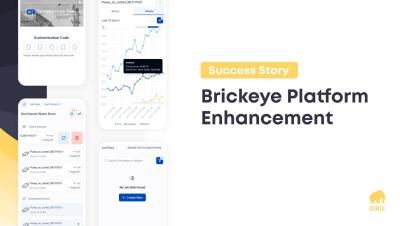Application Design Audit: Best Practices & Deliverables
As applications become more sophisticated and user expectations rise, ensuring that your app’s design is visually appealing and functionally seamless cannot be overemphasized. After all, 59% of global consumers crave beautiful design over simplicity. ORIL offers comprehensive design audit services that goes deep into the nuances of user interface (UI) and user experience (UX) designs.











